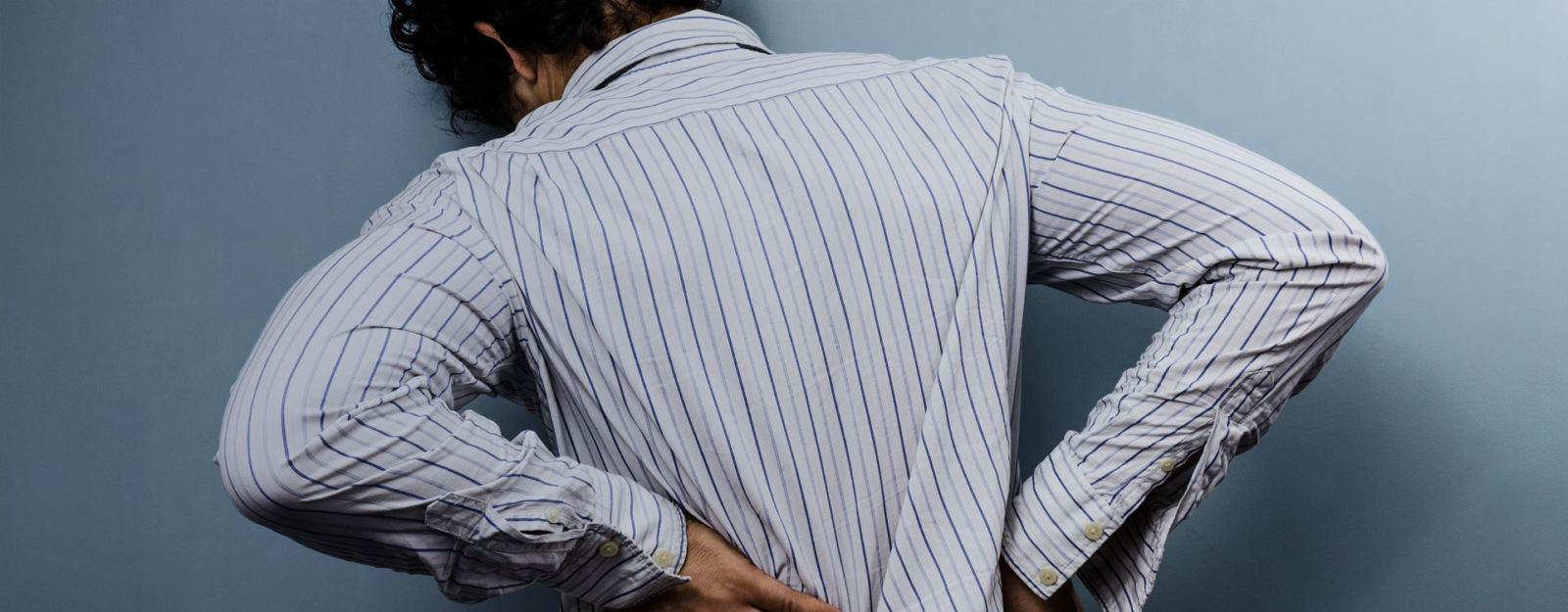
By Elizabeth Williams, PT, DPT, Wilmington OH Center
Scoliosis is a sideways curvature of the spine that is most common in younger years, prior to puberty. Scoliosis can present differently in patients depending on factors including a person’s age, growth and strength of musculature surrounding the spine. Most cases of scoliosis can be very mild, but many cases can be progressive.
Causes include genetics, different weaknesses throughout the spine, or a previous injury or infection related to the spine, causing it to adjust its normal curve. Many people live with a mild scoliotic curve without any difficulty, but others may have mild pain or dysfunction, limiting them in their daily lives.
While these differences show a variation in one’s body, they don’t represent a definite diagnosis of scoliosis. This list is not all-encompassing for scoliosis.
Nor do these symptoms immediately raise a red flag. Many people have a form of scoliosis without any pain or discomfort in their spines, leading to normal lifestyles with no risks.
Scoliosis often is treatable and can be helped with physical therapy. Treatment varies by individual and is based on deficits noted throughout the body. This may mean strengthening exercises for areas of weakness or stretches for areas that are tight, including core- specific strengthening exercises, hip stability exercises, changes in sitting posture or cues for changes in gait patterns.
Education is important to the treatment of scoliosis, to help alleviate symptoms of this type of diagnosis. If you believe you need treatment for scoliosis, please see a physician or physical therapist.
